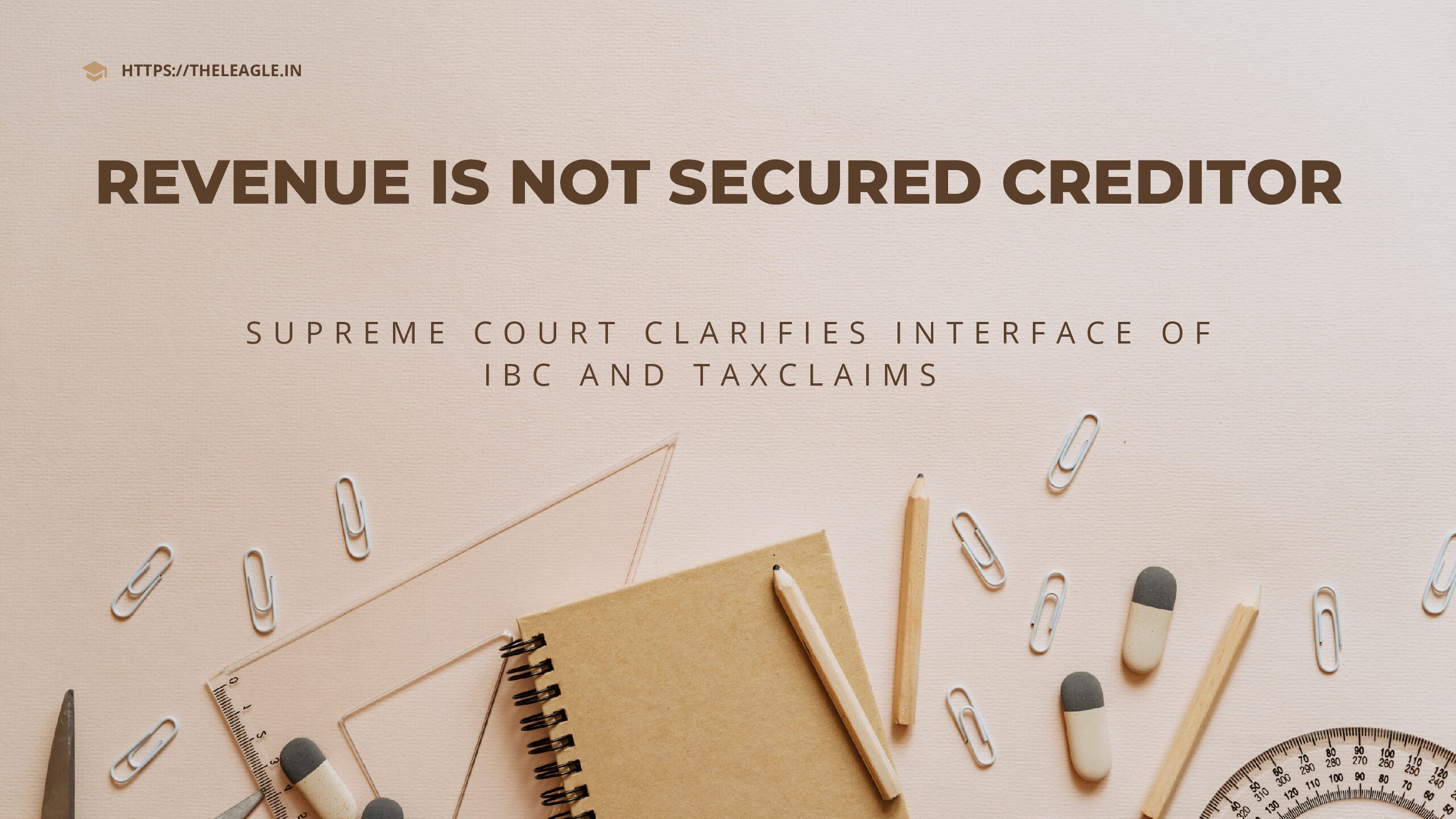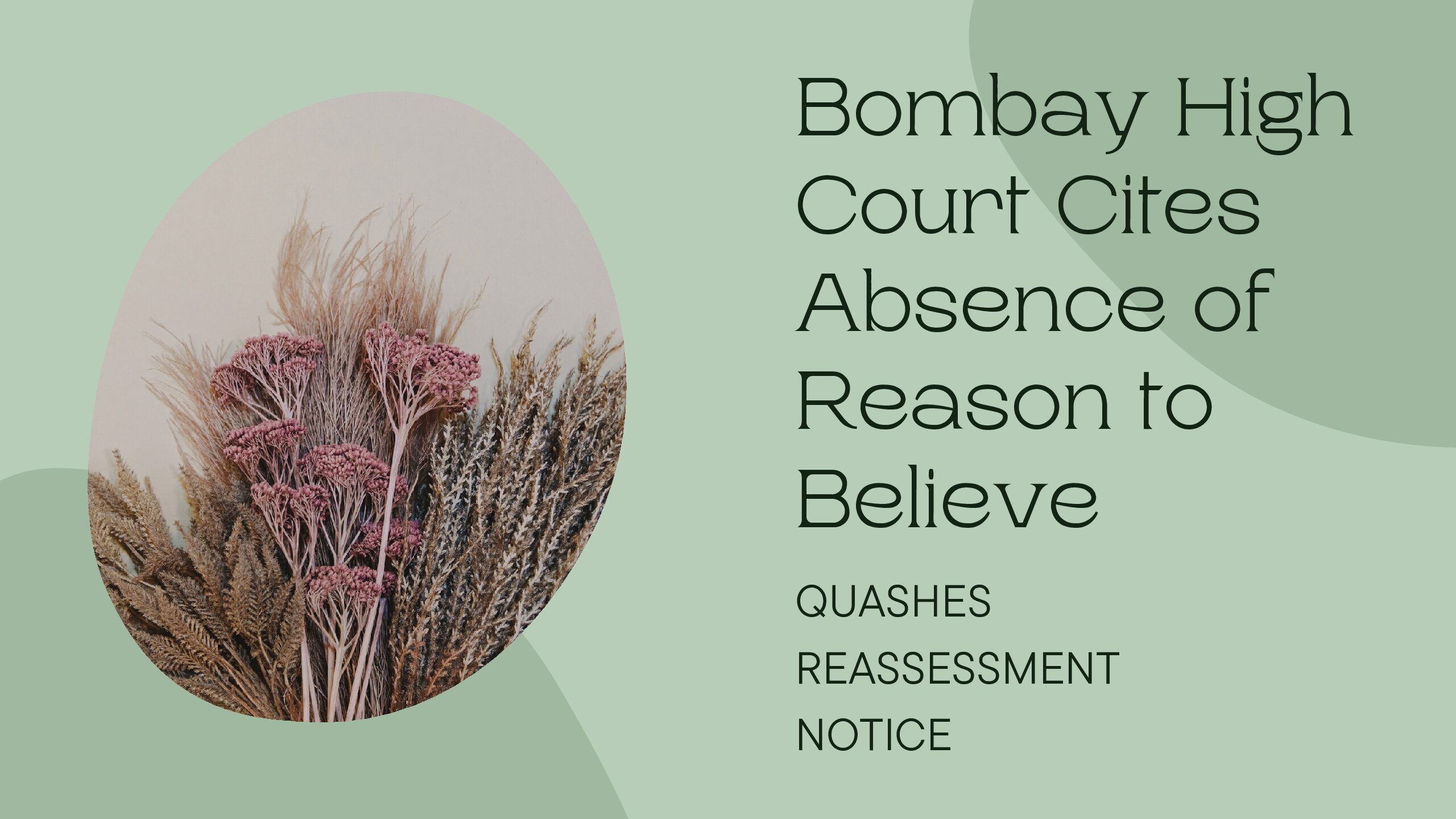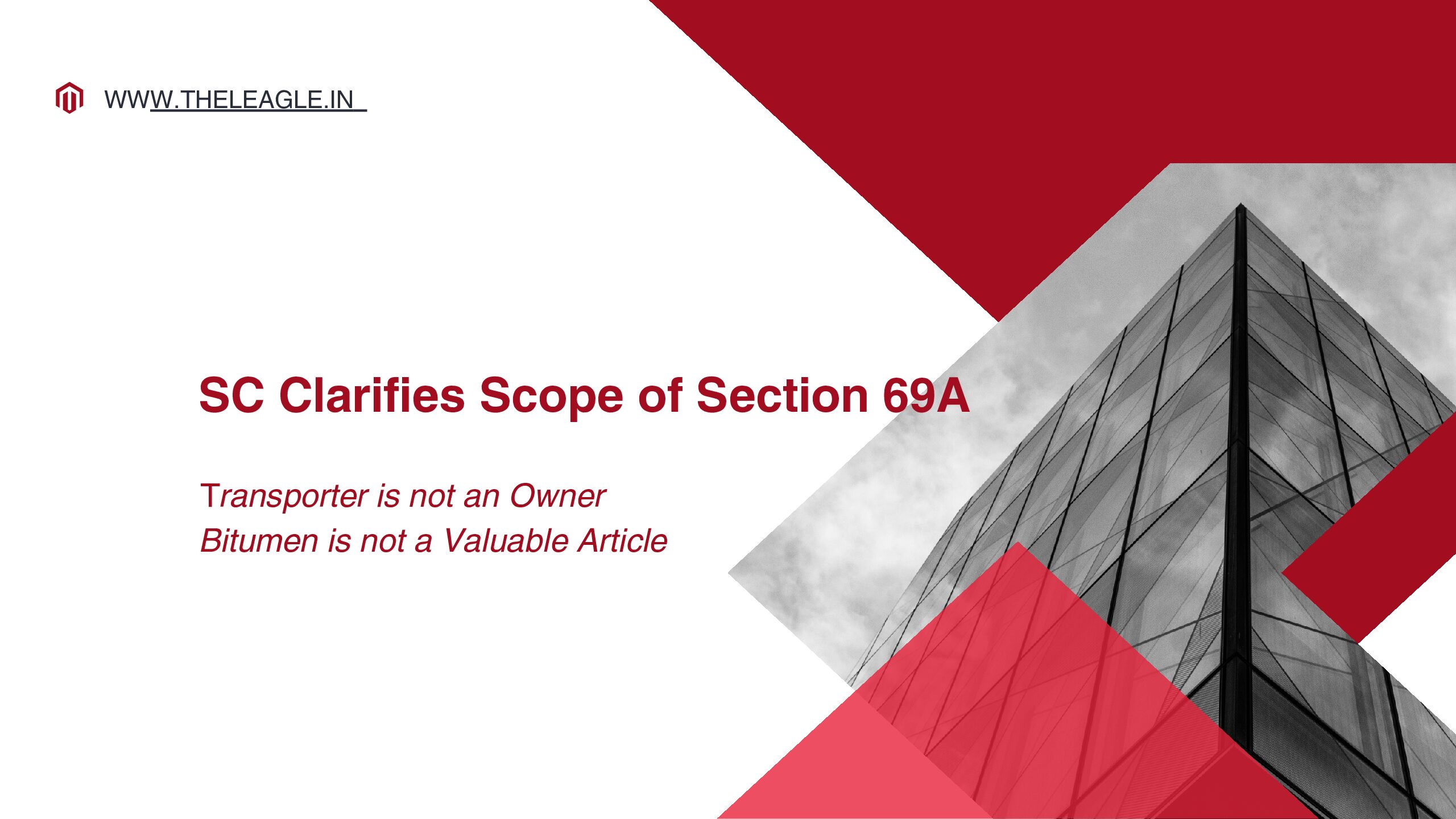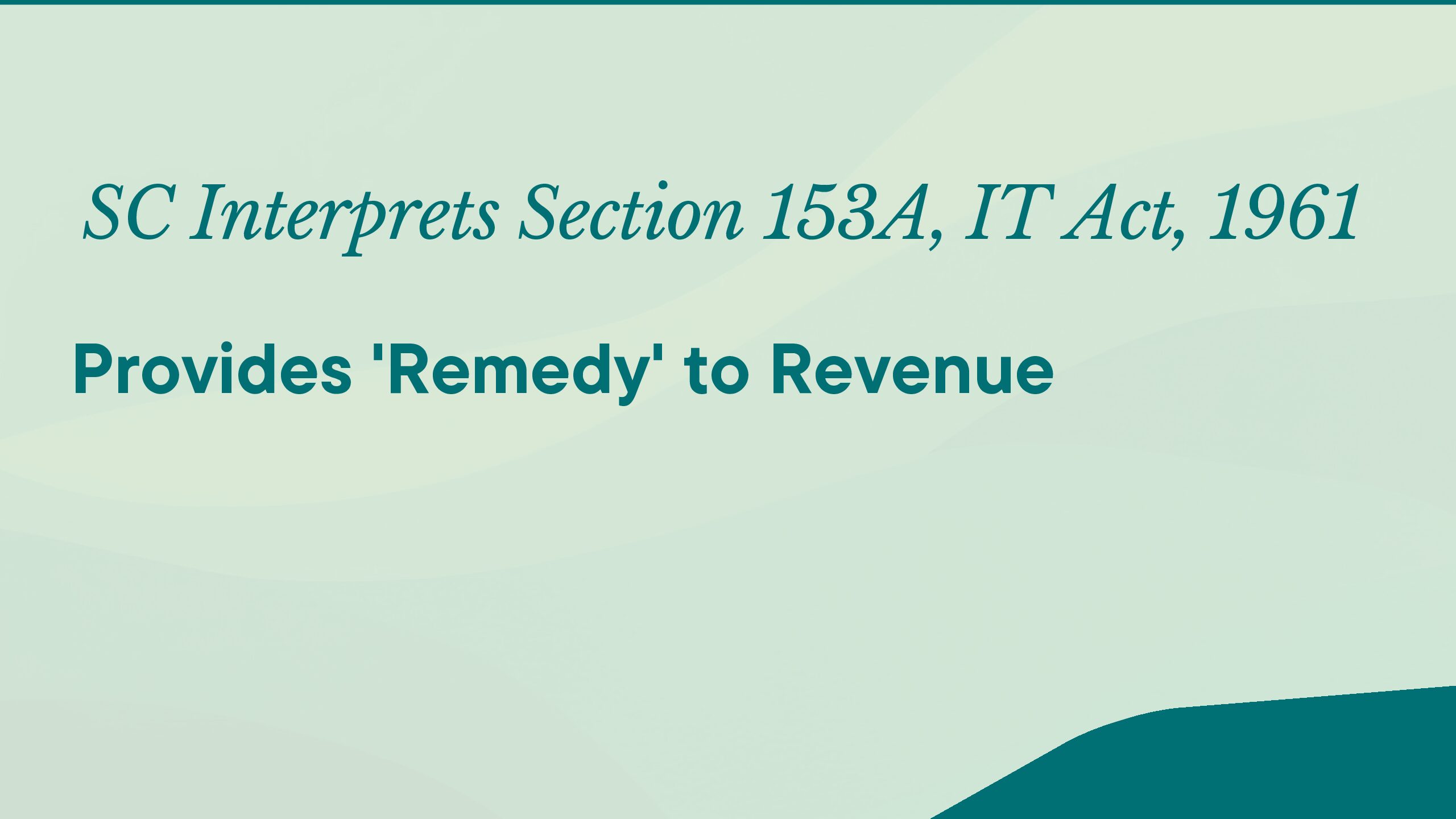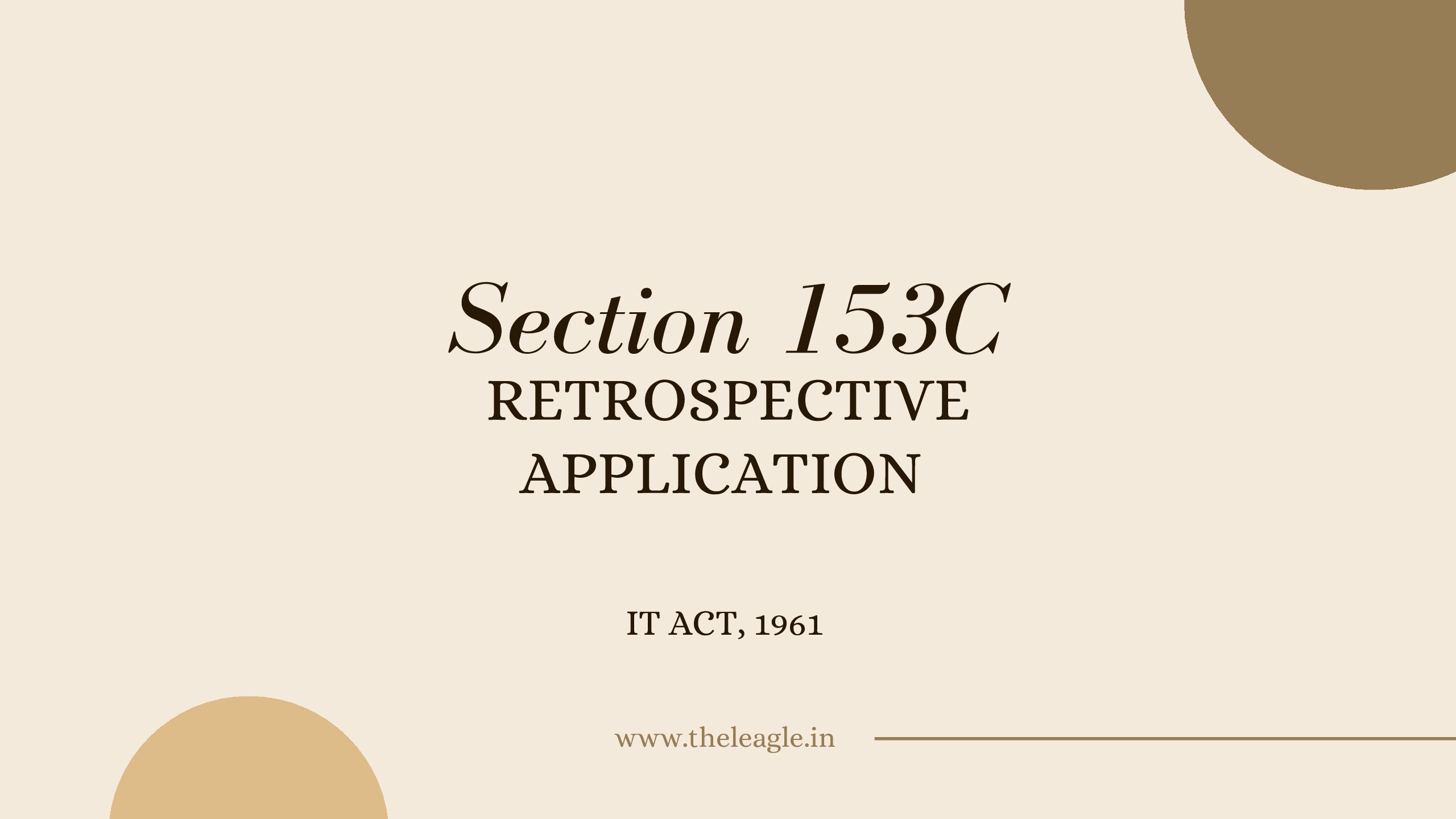In a notable judgment[1], the Supreme Court has clarified the waterfall mechanism under Insolvency and Bankruptcy Code, 2016 (‘IBC’) vis-à-vis the claims of secured interests and the place of the Revenue Department in the pecking order.
Introduction
The appellant, PVVNL was aggrieved by an order of the NCLAT directing release of the corporate debtor’s property. The property was attached by the District Magistrate in favor of the appellant, but NCLAT ordered its release for sale in favor of the liquidator to distribute the proceeds in accordance with the IBC.
The appellant raised bills for supply of electricity to corporate debtor but since the bills remained unpaid, the appellant attached the properties of the corporate debtor and restrained transfer of property by sale, donation, or any other mode. The corporate debtor underwent a resolution under IBC failing which it became subject to liquidation. The liquidator took the plea that unless the attachment orders were set aside no one would purchase the property of the corporate debtor. Further, the appellant would be classified in the order of priority prescribed under waterfall mechanism of IBC. Both, NCLT and NCLAT endorsed the view that appellant was an operational creditor and would realize its due in the liquidation process as per the law.
Arguments and Supreme Court’s Observations
One of the appellant’s arguments was that the charge on property was created under the Electricity Act, 2003 and it being a special legislation should have priority over general legislation such as IBC. Supreme Court did not accept the appellant’s argument claiming priority of Electricity Act, 2003 over IBC. However, Supreme Court acknowledged that a reading of the relevant provisions of the agreement between the appellant and corporate debtor revealed that the appellant could create a charge on the property of the latter in event of unpaid bills. And that a valid charge was created in favor of the appellant. The crucial question was the priority that the appellant would acquire under the IBC.
The counsel for liquidator argued that the amount due to the appellant was ‘government dues’ and low in priority as per the waterfall mechanism of Section 53, IBC. Supreme Court disagreed and noted that dues payable to statutory corporations were on a different footing compared to the amounts payable to the central and state governments. Supreme Court observed that:
PVVNL undoubtedly has government participation. However, that does not render it a government or a part of the ‘State Government’. Its functions can be replicated by other entities, both private and public. The supply of electricity, the generation, transmission, and distribution of electricity has been liberalized in terms of the 2003 Act barring certain segments. Private entities are entitled to hold licenses. In this context, it has to be emphasized that private participation as distribution licensees is fairly widespread. For these reasons, it is held that in the present case, dues or amounts payable to PVVNL do not fall within the description of Section 53(1)(f) of the IBC. (para 47)
The appellant – PVVNL – on the other hand, relied on Rainbow Papers case which had held that the debts owed to a secured creditor included tax due to the Government under the Gujarat VAT Act, 2003. The Rainbow Papers case was an anomaly as the waterfall mechanism clearly prescribes priority to secured creditors while placing the government dues lower in the pecking order. The Supreme Court refused to adhere to the Rainbow Papers case and observed that the Court in that case ‘did not notice’ Section 53, IBC. Commenting on the Rainbow Papers case, Supreme Court observed:
Furthermore, Rainbow Papers (supra) was in the context of a resolution process and not during liquidation. Section 53, as held earlier, enacts the waterfall mechanism providing for the hierarchy or priority of claims of various classes of creditors. The careful design of Section 53 locates amounts payable to secured creditors and workmen at the second place, after the costs and expenses of the liquidator payable during the liquidation proceedings. However, the dues payable to the government are placed much below those of secured creditors and even unsecured and operational creditors. This design was either not brought to the notice of the court in Rainbow Papers (supra) or was missed altogether. In any event, the judgment has not taken note of the provisions of the IBC which treat the dues payable to secured creditors at a higher footing than dues payable to Central or State Government. (para 49)
The above observations are a categorical rejection of the inadequate reasoning adopted in Rainbow Paperscase whereby government was equated as a secured creditor and helped the government claim tax dues on priority by ‘jumping’ the queue. The Supreme Court in the impugned case was accurate in its observation that if there was no specific and separate enumeration of government dues under Section 53(1)(e) of IBC, it would be possible to hold that the government is a secured creditor. However, the enumeration of separate categories of a secured creditor and government dues under Section 53 indicates the Parliament’s intent to treat the latter differently and at a lower priority.
Conclusion
The Supreme Court’s observations in the impugned case are welcome. The Revenue has in various attempts tried to bypass the waterfall mechanism of IBC by making various arguments such as tax dues should be treated as part of the insolvency costs as the latter are first in priority under the waterfall mechanism. It is important to recognize the importance of the observations in in the impugned case and yet be mindful that the Supreme Court has not expressly overruled the Rainbow case. For example, the Supreme Court did add that the observations made in the Rainbow case were in the context of resolution process while the impugned case involved liquidation. (para 49) We are likely to witness more disputes on the interface of IBC and tax in the future. Though, a more reasonable interpretation of the waterfall mechanism under Section 53, IBC suggests that the Supreme Court’s observations in the impugned case are more reasonable and accurate.
[1] Paschimanchal Vidyut Vitran Nigam Limited v Raman Ispat Private Limited 2023 LiveLaw (SC) 534.
